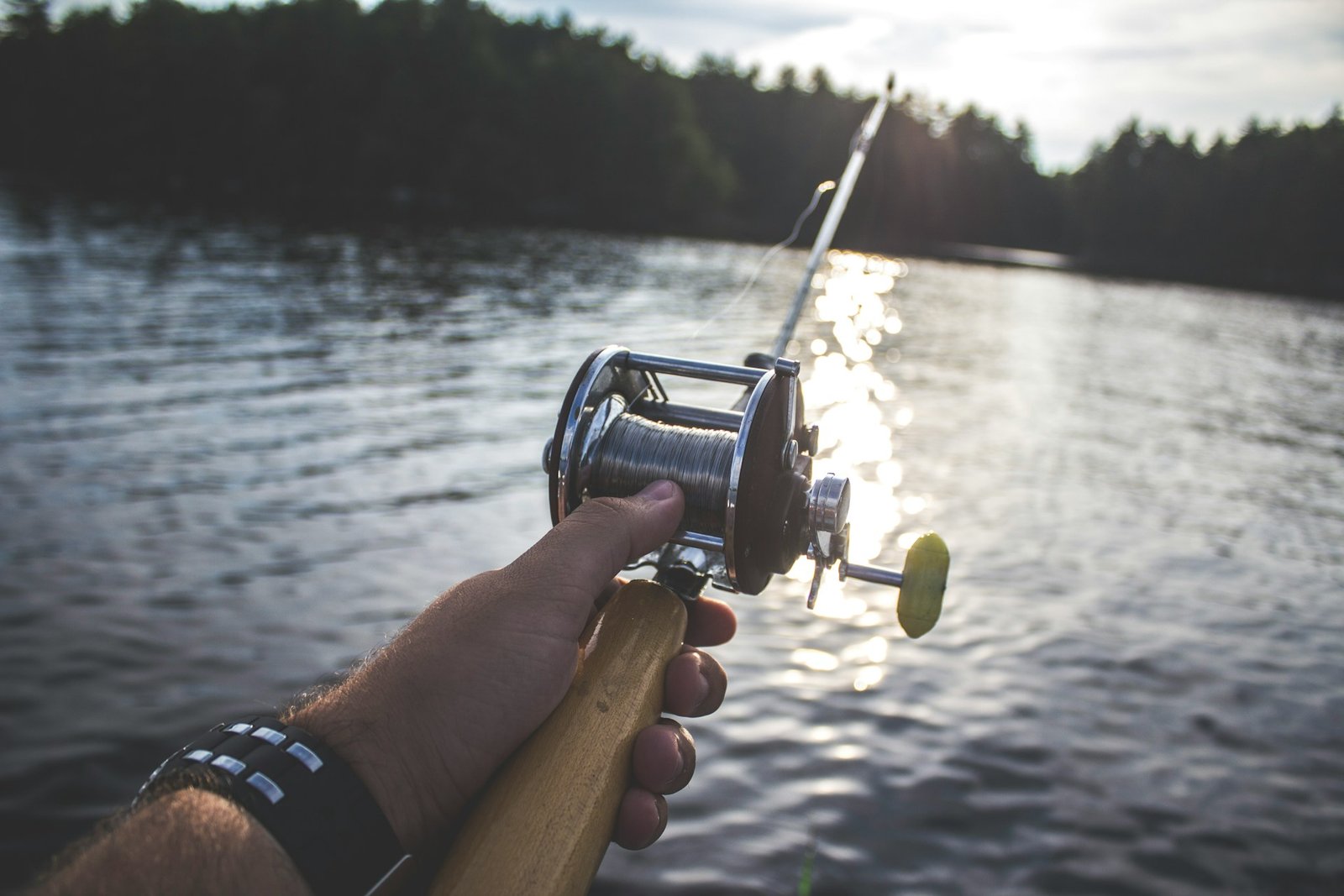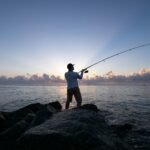While fishing is perceived as being a test of patience and timing, a significant part of it involves making the right decisions. This is not more apparent than in lure selection, which is largely responsible for determining your chances of obtaining a catch. Thus, the aim of this article is to explore the fine art of selecting the right bait for any fishing condition.
Understanding fish behavior
When choosing the best lure, it is also essential to know the behavior pattern of this kind of fish. There is a vast difference between different species and their feeding habits. Bass have a tendency to act aggressively, so their bait will have to move frequently. Trout behave more cautiously and have a greater appetite for smaller baits . This way the lure does not need to cover as much space. A general principle is that faster fish will have more aggressive bait and slower fish the opposite.
Active vs. Passive Fish
The next method to divide fish is between active and passive based on their food intake. Active fish, such as bass or pike, are straightforward hunters and their best lures are moving prey. Passive fish, like catfish or carp, prefer to wait for their food, and their lures are stationary on the bottom or move very slowly .
Sensory appeal
Sight, smell, sound and vibration, fish detect lures in numerous ways. How well a lure utilizes these depends on the extent to which it is successful . This means that brightly colorful and realistic looking lures work best for sight reliant species, whereas noisy topwater baits or crankbaits complete with rattles are good examples for viberation-responding species. On the other hand, scenting a lure becomes particularly effective for the benefit of those species who have keen sense of smell.
Types of lures and where to apply them
There are numerous types of lures to choose from. This is because each type is specifically designed to one fish’s requested conditions, and even various species. Here are a few examples:
- Spinnerbaits: for active predators in murky waters.
- Jigs: for bottomfeeders instill or slow waters.
- Plugs: for species such as mackerrels, as they mimic movement of small fish.
What determines the selection of lures?
Water filters light differently in different conditions. Therefore, selection of prey is key in the determination of lures projected to be used. The following factors are also pertinent in this case:
- Color and size selection – the color and size of your lure should coincide with the fish [prey] in any area. In most cases the smaller the size, the better the size.
- Water conditions and temperature – colder water requires slower moving lures compared to warmer waters. Clearer water will translate to a visible lure.
Tips for Specific Species
Every fish species have a specific preference. For example:
- Bass is usually hooked on the spinnerbaits and plastic worms.
- Trout can often be attracted by the small spinners and flies.
- Pike can be caught on larger spoons or minnow imitators.
Conclusion
In conclusion, the mixture of science and luck is used to determine whether the fish can be caught on the specific type of lure. By taking into consideration the behavior of the fish, applying the correct type of lures, and being aware of the location’s effect, you can master the ability to select an appropriate bait. Keep in mind that there is no one-size-fits-all solution to fishing, so you are encouraged to experiment and learn from varied experiences with fishing.
Happy fishing!



